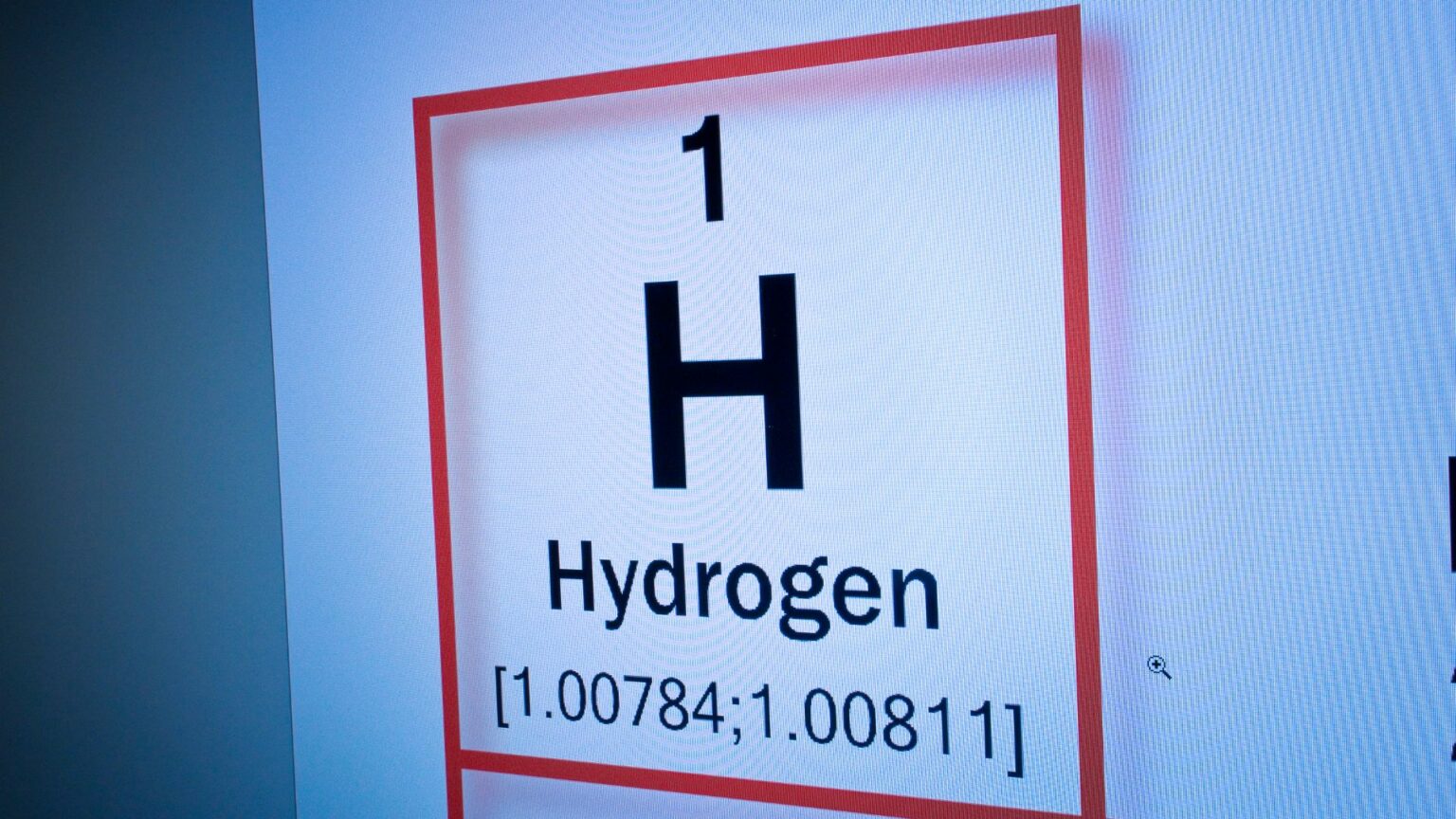Over one-third of Life Cycle Assessments (LCAs) scrutinizing hydrogen-based energy storage focus solely on greenhouse gas (GHG) emissions, neglecting critical environmental trade-offs like resource depletion, toxicity, and water use. This narrow analytical lens, revealed in a comprehensive review of 30 peer-reviewed studies, obscures the full environmental footprint of technologies central to decarbonizing grids, transport, and industry. The research underscores that environmental outcomes hinge critically on hydrogen production methods and storage scale, demanding more holistic assessments.
Compressed gas storage dominates the LCA landscape, featured in the vast majority of analyzed studies, reflecting its current technological maturity. However, alternatives like metal hydrides and underground storage consistently demonstrate lower CO₂-equivalent emissions per kilowatt-hour delivered in comparative analyses. Metal hydrides show promise due to lower operational energy needs compared to high-pressure compression, while underground storage leverages geological formations to minimize material intensity. Conversely, liquid hydrogen storage remains environmentally challenging, with liquefaction consuming up to 35% of the hydrogen’s energy content, contributing to its scant representation in LCAs (only two studies).
The scale of the storage system emerges as a pivotal factor. Larger installations, particularly those integrated with renewable energy production for grid balancing (“Storage of Renewable Energy” applications), exhibit significantly lower specific CO₂ emissions per kWh compared to smaller-scale systems like those for building power or terrestrial transport. Emissions per kg of hydrogen stored capacity demonstrably decrease as system size increases, suggesting economies of scale in material use and system optimization often absent in smaller prototypes or applications. This trend highlights the environmental advantage of centralized, large-volume storage solutions where feasible.
The source energy for hydrogen production overwhelmingly dictates the system’s carbon footprint. Storage systems utilizing hydrogen generated via wind or hydropower exhibit the lowest lifecycle emissions, while those reliant on grid electricity (particularly grids with high fossil fuel dependency) or fossil-based hydrogen production (e.g., Steam Methane Reforming without CCS) incur substantially higher impacts. This dependence means the environmental benefit of any storage technology is intrinsically linked to the decarbonization of the hydrogen production pathway itself. Renewable energy systems shift the primary environmental burden to the construction phase, emphasizing the need for durable designs and material efficiency.
A critical gap identified is the prevalent omission of broader environmental impact categories. Only 10% of studies evaluated more than two impact categories beyond GHGs. This limited scope risks problem-shifting; technologies optimized for low carbon emissions may exacerbate impacts like human toxicity (e.g., from rare earth mining for electrolyzers/fuel cells), freshwater eutrophication, or mineral resource scarcity. Studies incorporating multi-criteria analysis, such as the Environmental Footprint method, reveal these trade-offs. For instance, maximizing renewable self-sufficiency (SSR) in building supply initially reduces GHG emissions but can increase other impacts beyond ~96% SSR due to the resource intensity of oversized components.
Furthermore, 54% of the reviewed LCAs adopted a “cradle-to-use” boundary, excluding the End-of-Life (EoL) phase due to data scarcity and methodological uncertainty. This omission is particularly significant for systems rich in critical materials like carbon fiber (tanks), platinum group metals (electrolyzers/fuel cells), or complex hydrides, where recycling potential and EoL impacts remain poorly quantified. Integrating robust EoL modelling is crucial for a complete environmental picture.
While techno-environmental analysis is advancing, integrating economic (Life Cycle Costing – LCC) and social (Social Life Cycle Assessment – S-LCA) dimensions remains nascent, especially for storage. Only one reviewed study incorporated social aspects. True sustainability assessment for hydrogen storage necessitates this tripartite Life Cycle Sustainability Assessment (LCSA) approach. Multi-Criteria Decision Analysis (MCDA) is proposed as a vital tool for navigating the complex trade-offs between environmental performance, cost, and social implications inherent in scaling diverse hydrogen storage solutions. Future research must prioritize comprehensive LCAs encompassing multiple impact categories, rigorous EoL analysis, and the development of integrated LCSA frameworks to guide truly sustainable deployment.
